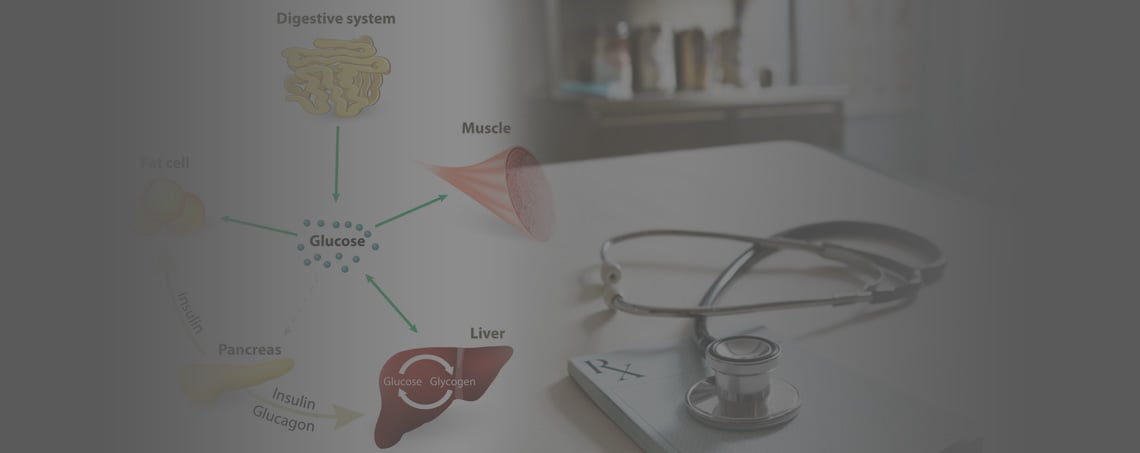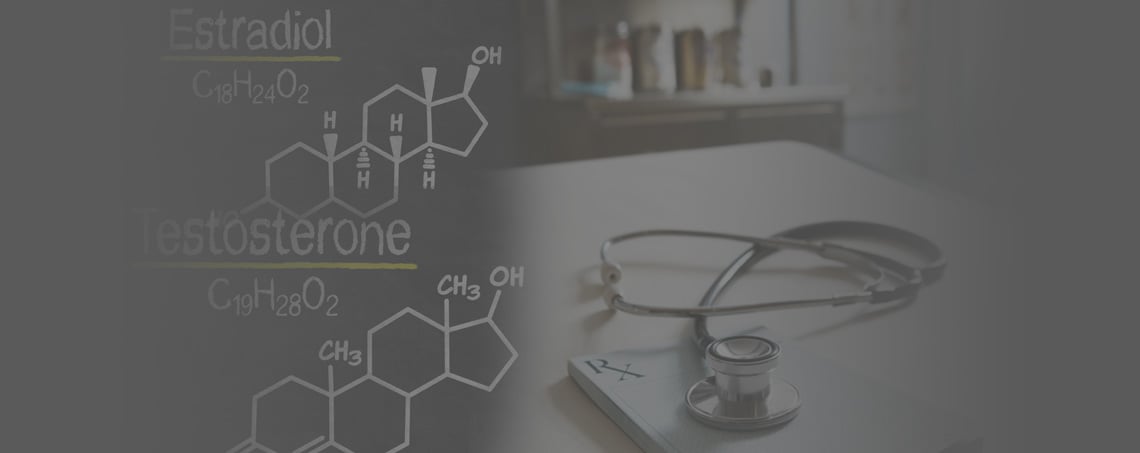Hormone imbalances in men are not as well recognized as they are in women but treating and recognizing these imbalances can add significant benefit to health and quality of life. As you will see, the imbalances seen in men are quite common but are distinctly different than those seen in women. Still many of the age related symptoms seen in men are directly correlated with their declining hormones levels.
Symptoms of hormone imbalances in men.
The signs and symptoms of hormone imbalance in men (mainly androgen deficiency) occur gradually over time. On the other hand, hormone imbalances in women happen very quickly and dramatically. This gradual process in men makes detection and recognition more difficult, but there are some key things to look for.
The most common hormone imbalance symptoms are low libido or erectile dysfunction. Age related hormone imbalances can also cause or contribute to mood alterations (anger, poor cognitive  function, lethargy, and a lack of motivation), decreased muscle mass, osteopenia, increased centralized fat mass, insulin resistance, frequent infections and immune compromise. The symptoms come about from a gradual decline in these androgens, mainly testosterone.
function, lethargy, and a lack of motivation), decreased muscle mass, osteopenia, increased centralized fat mass, insulin resistance, frequent infections and immune compromise. The symptoms come about from a gradual decline in these androgens, mainly testosterone.
Causes of hormone imbalances in men.
The most common imbalance that men suffer from is a androgen deficiency. This deficiency occurs for several reasons mainly a lack of testosterone production from the testes and lack of stimulation to the testes from the brain. The area of testosterone production in the testicles is from the Leydig cells. These cell numbers gradually decline with age starting around age 40. This cell decline is part of the reason for decreased hormone production. Additionally the Leydig cells are stimulated by a hormone from the brain called LH (leutinizing hormone). The LH from the brain also declines with age leading to less Leydig cell stimulation and decreased testosterone production. If that is not enough there are still more causes.....
Most of the testosterone in the body is bound to proteins called SHBG (serum hormone binding globulin). This SHBG actually increases with age making the amount of bound testosterone higher and the free lower. As a result some men with even reasonably high testosterone will have lower amount of available testosterone.
Yet another cause is the gradual rise in estrogen production. Most of the rise in estrogen comes from the increased adipose tissue (fat) that occurs universally with age. As this occurs more of the testosterone gets turned into estrogen which lowers your total testosterone.
Treatment options for hormone imbalances in men.
The treatment for androgen deficiency related hormone imbalance varies from direct replacement of testosterone to lifestyle and herbal treatments to stimulate internal production. Stimulating the bodies own production of testosterone can be accomplished through lifestyle changes, herbal medicine, and / or a hormone stimulant (LH analog). In the case of lifestyle changes and herbal medicine we would expect marginal increase in actual testosterone serum levels and bioavailable testosterone. However the improvement in symptoms can be dramatic.
Internal testosterone stimulants
- Increase resistance exercise 3-4 times/wk.
- Whole foods diet avoiding synthetic chemicals and processed food
- Herbal stimulants- Tribulus terrestis a commonly recognized treatment but the research supporting its use is marginal at best.
- LH analog- This hormone injection stimulates the leydig cells to produce testosterone
Hormone stimulants can cause dramatic increases by stimulating the testes directly to secrete testosterone. This option leads to a more dramatic increase in testosterone but may not provide enough increase to treat the symptoms mentioned above. In this case we recommended supplementing with testosterone directly.
External testosterone supplementation
- Topical cream
- Injectable liquid
- Topical gel
- Implantable pellets
When it comes to testosterone a steady serum level of free testosterone is the goal. This is best accomplished with topical creams or gels. Still many male patients prefer the injectable over the topical for one reason or another.
If you are searching for answers regarding hormone imbalances in men, we can help you with a free hormone evaluation. Click on the link below to get a consultation in our Phoenix office.

 "My weight was getting so out of control. I started their weigh loss diet program and lost 32 lbs! I have been able to reduce my blood pressure medicine, fit back in my clothes, have tons more energy... Now I am back to eating and my desire for foods has changes drastically. Saved my life!!!
"My weight was getting so out of control. I started their weigh loss diet program and lost 32 lbs! I have been able to reduce my blood pressure medicine, fit back in my clothes, have tons more energy... Now I am back to eating and my desire for foods has changes drastically. Saved my life!!!
 "Dr. Cline and Dr. Terranella have been amazing! For the first time we found doctors that actually listen. They care about how your feeling and try everything they can to get you back to a normal state. I am in love with these guys! If you want amazing care, see these guys."
"Dr. Cline and Dr. Terranella have been amazing! For the first time we found doctors that actually listen. They care about how your feeling and try everything they can to get you back to a normal state. I am in love with these guys! If you want amazing care, see these guys."





 function, lethargy, and a lack of motivation), decreased muscle mass, osteopenia, increased centralized fat mass, insulin resistance, frequent infections and immune compromise. The symptoms come about from a gradual decline in these androgens, mainly testosterone.
function, lethargy, and a lack of motivation), decreased muscle mass, osteopenia, increased centralized fat mass, insulin resistance, frequent infections and immune compromise. The symptoms come about from a gradual decline in these androgens, mainly testosterone.










